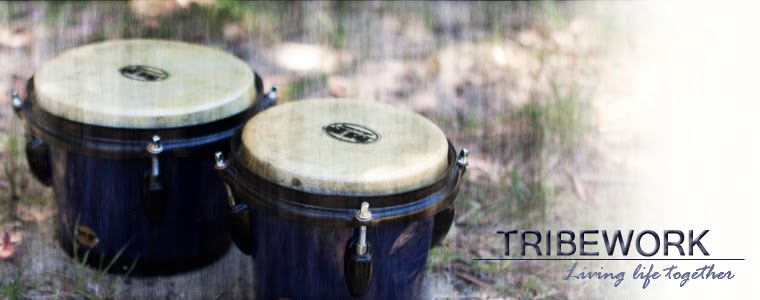“It is the rare and strong person that can
carry their trauma without having it spill into the next generation.”
—Bruce D. Perry
The vortex of violence is an intragenerational phenomenon. Unlike the cycle of violence, which occurs from
generation to generation, the vortex of
violence occurs within today’s unhappy family. This ‘vortex’ features
violence running downhill: the man in the family is typically frustrated and
humiliated outside the home. He deflects some of his rage onto his partner, and
she in turn deflects some of her rage onto the children. The older children
deflect their rage onto the younger children. And pets are often the target of
deflected rage from children.
But there is an opportunity to interrupt this phenomenon.
This can only occur, however, if
the people affected can acknowledge their maladaptive behaviours—which are
generally a direct result of traumatic childhoods.
The Truth Regarding Violent People
Our brains and thinking developed
by adapting to the threatening environments that we were exposed to in our
childhoods. Therefore, our violent responses are never truly intentional;
rather they are based biologically
from, in some cases, horribly traumatic experiences. We are hardwired to learn
what we experienced. If we were transgressed as children we learned, despite
our reticence, that way of responding.
It is often hard for victims of
violence to experience compassion toward their perpetrators because their
reactions are based on the same anger as the perpetrator, just it is manifest
differently. Violence begets violence, and the flow is downhill, from one
person to another less powerful person. Violent responses are a direct reaction
to the injustices we experience. (We should always pray that those above us in
the ‘food chain’ are being treated fairly and justly.)
The more we understand about this
vortex of violence—the current violent dynamic, for instance, within the
family—the more we are convinced it is not as much a personal problem as it is a
societal problem. This information doesn’t help the victims, however. They want
justice. But so often the justice they want is underpinned in a violent anger
of retribution toward the offender, which they are tempted to project onto
someone less powerful than themselves.
Breaking this vortex of violence,
interrupting the downhill flow, so we don’t violently offend those less
powerful than us, is dependent on us facing our truths and getting our help.
Reaching Out and Getting Help
The victims of violence are often
the perpetrators of violence, so as victims we need to understand the potential
threat we are to others because of the anger we carry.
We need to find healthy and
productive ways of dealing with this anger. We need to work with the truth of
it. We need to dig into our painful pasts and wrangle with it.
Most of all we need to have
compassion with ourselves. And it is rare that we exact such compassion without
a knowledge of faith in God—the holy and merciful God, who loves us
unconditionally. Through God’s strength and power we can negotiate this
slippery slide into the abyss of our painful pasts. It simply requires our
surrender.
The great irony is, as we open
ourselves to our weakness, we redeem strength in God’s name. Our Lord comes
close when we endeavour to sort our sordid pasts. And we can know as we do this
that our pasts were not our fault. We are products of our childhoods and no
child has control over their upbringing.
***
Ending cycles of violence is about
making courageous decisions now. Our biggest challenge is to stop the cycle in
our generation so future generations are protected.
© 2012 S. J. Wickham.
General Reference: Bruce D. Perry, “Neurodevelopmental Adaptations To Violence: How
Children Survive the Intragenerational Vortex of Violence,” in Violence And Childhood Trauma: Understanding
and Responding to the Effects of Violence on Young Children (Cleveland,
Ohio: Cleveland State University, 1996).


No comments:
Post a Comment
Note: Only a member of this blog may post a comment.